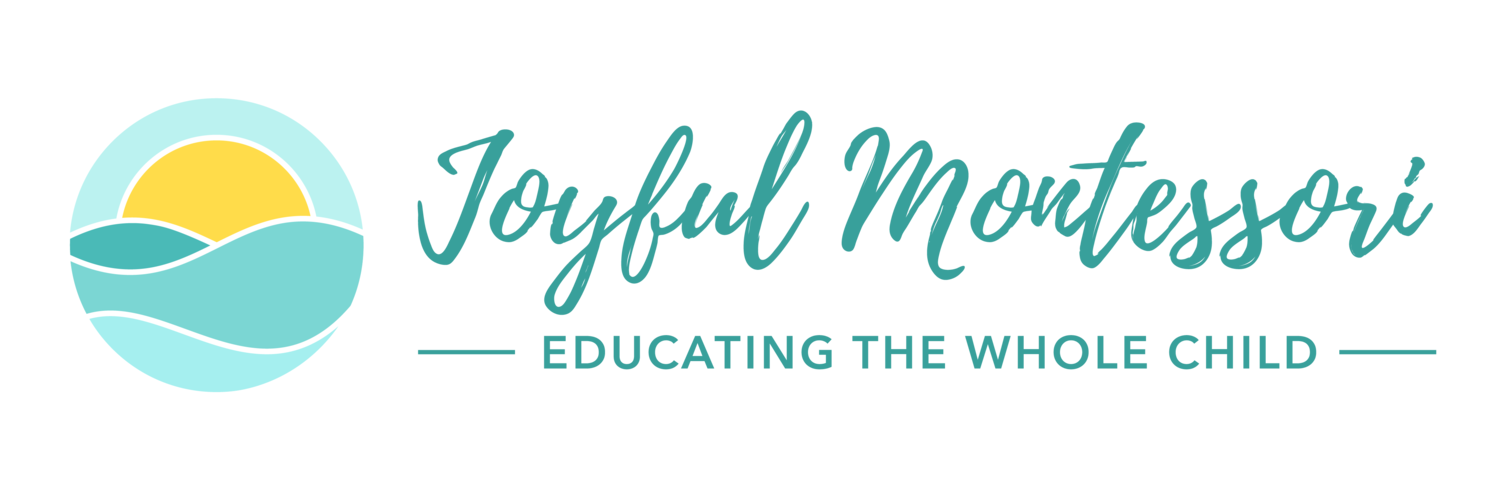About Montessori
“Scientific observation then has established that education is not what the teacher gives; education is a natural process spontaneously carried out by the human individual, and is acquired not by listening to words but by experiences upon the environment.”
― Maria Montessori, Education For A New World
What is Montessori?
Montessori education is a flow experience; it builds on the continuing self-construction for the child- daily, weekly, yearly - for the duration of the program. It is an uninterrupted series of learning passages, a continuum based on Maria Montessori’s theory of the Four Planes of Development. "The child's development follows a path of successive stages of independence, and our knowledge of this must guide us in our behavior towards him. We have to help the child to act, will and think for himself. This is the art of serving the spirit, an art which can be practiced to perfection only when working among children." (The Absorbent Mind, p. 257)
The Montessori Preschool Program (3-6) The Montessori preschool classroom, or Children’s House, is a “living room” for children. Children choose their work from among self-correcting materials displayed on open shelves, and they work in specific work areas. Over a period of time, the children develop into “normalized community”, working with high concentration and few interruptions. Normalization is the process whereby a child moves from being undisciplined to self-disciplined, from disorder to ordered, from distracted to focused, through work in the environment. The process occurs through repeated work with materials that captivate the child’s attention. For some children this inner change may take place quite suddenly, leading to deep concentration. In the Montessori Preschool, academic competency is a means to an end, and the manipulatives are viewed as “materials for development”.
In the Montessori preschool, five distinct areas constitute the prepared environment:
Practical Life enhances the development of hand-eye coordination, gross motor control, and cognitive order through care of self, care of the environment, development of social relations, and coordination of physical movement.
The Sensorial area enables the child to order, classify , and describe sensory impressions in relation to length, width, temperature, mass, color, pitch, etc.
Mathematics makes use of the manipulative materials to enable the child to internalize the concepts of number, symbol, sequence, operations, and memorization of basic facts
Language Arts included oral language development, written expression, reading, the ability to make decisions, self-disciplined, study of grammar, creative dramatics, and children’s literature. Basic skills in writing and reading are developed through the use of sandpaper letters, alphabet cut-outs, and various presentations, allowing children to link sounds and letter symbols effortlessly and to express their thoughts through writing.
Cultural Activities expose the child to basics in geography, history, life, sciences, and earth sciences. Music, art and movement education are part of the integrated cultural curriculum.
The preschool environment unifies the social, physical, and intellectual function of the child. Its important function is to provide children with an early and general foundation that includes a positive attitude toward school, inner security and a sense of order, pride in the physical environment, abiding curiosity, a habit of concentration, habits of initiative and persistence, the ability to make decisions self-discipline, and a sense of responsibility to other members of the class, school, and community. The foundation will enable them to acquire more specialized knowledge and skills throughout their school career.
-Excerpted from “the Whole School Montessori Handbook” by David Kahn, Sharon L. Dubble and D. Renee Pendleton


